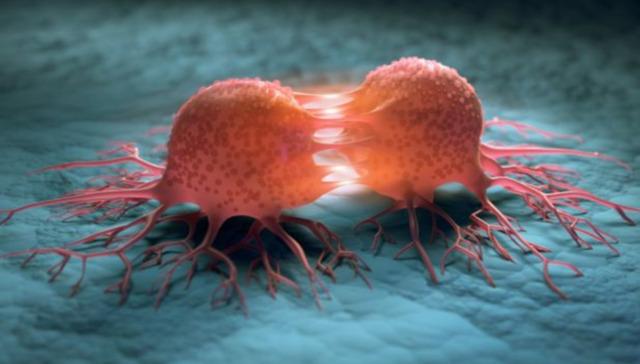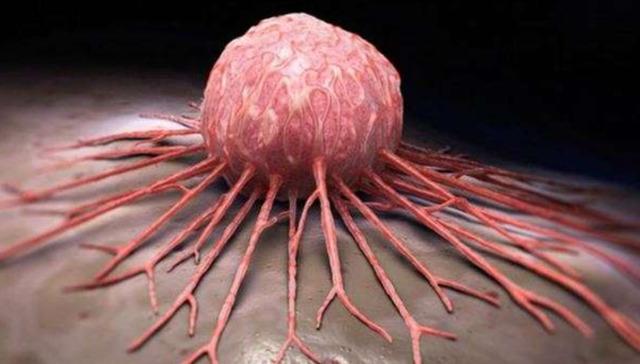According to The Guardian newspaper, the technique, developed by scientists and surgeons from Oxford University in collaboration with the California biotechnology company “ImaginAb Inc”, was financed by “Cancer Research UK”.
The fluorescent dye illuminates tiny areas of cancerous tissue that are invisible to the naked eye, allowing surgeons to remove each cancer cell while preserving healthy tissue. This may mean experiencing fewer possible side effects after surgery. In the study, 23 men with prostate cancer were injected with a marker fluorescent dye before undergoing surgery to remove their prostates. The fluorescent dye highlighted cancer cells and places where they had spread to other tissues, such as the pelvis and lymph nodes.

During the operation, a special imaging system was used that shines light on the prostate and nearby areas, making prostate cancer cells shine. Being able to see this much detail allowed surgeons to remove cancer cells while preserving healthy tissue. In the technique in question, the fluorescent dye is combined with a targeting molecule known as “IR800-IAB2M”. The dye and marker molecule bind to a protein called “prostate-specific membrane antigen (PSMA)” found on the surface of prostate cancer cells.
SIDE EFFECTS ARE REDUCED
Professor from Oxford University, who took part in the study. Dr. Freddie Hamdy, in his statement, pointed out that they gave the surgeon a second pair of eyes to see where the cancer cells are and whether they have spread, and stated that with this technique, they can eliminate all cancer, including the cells that have spread from the tumor and may come back again later.

Hamdy stated that for the first time they managed to see such fine details of prostate cancer in real time during surgery, and emphasized that they were able to protect the healthy structures around the prostate as much as possible in order to reduce unnecessary side effects that affect life such as “incontinence and erectile dysfunction”.

Stating that prostate surgery changes life, Hamdy said, “We want patients to leave the operating room knowing that we have done everything possible to destroy their cancer and offer the best quality of life afterwards. I believe that this technique makes this possibility a reality.” said.
TECHNIQUE COULD “FUNDAMENTALLY CHANGE” THE WAY CANCER IS TREATED IN THE FUTURE
It was seen in the scans performed before the surgery of 77-year-old David Butler, one of the 23 men who participated in the study, who lives in the town of Southmoor in Oxfordshire, England, that prostate cancer had begun to spread. Now fully recovered and healthy, Butler said he is lucky and determined to enjoy every moment of life.

Although this technique has currently only been tested in patients with prostate cancer, it can also be adapted to other forms of the disease. Experts hope that the fluorescent dye can be used for other types of cancer by changing the protein that binds to cancer cells.

Cancer Research UK Director of Research and Innovation, Dr. Iain Foulkes noted that the marker dye and imaging system could “fundamentally change” the way cancer is treated in the future. Details of the study were published in the “European Journal of Nuclear Medicine and Molecular Imaging”.

